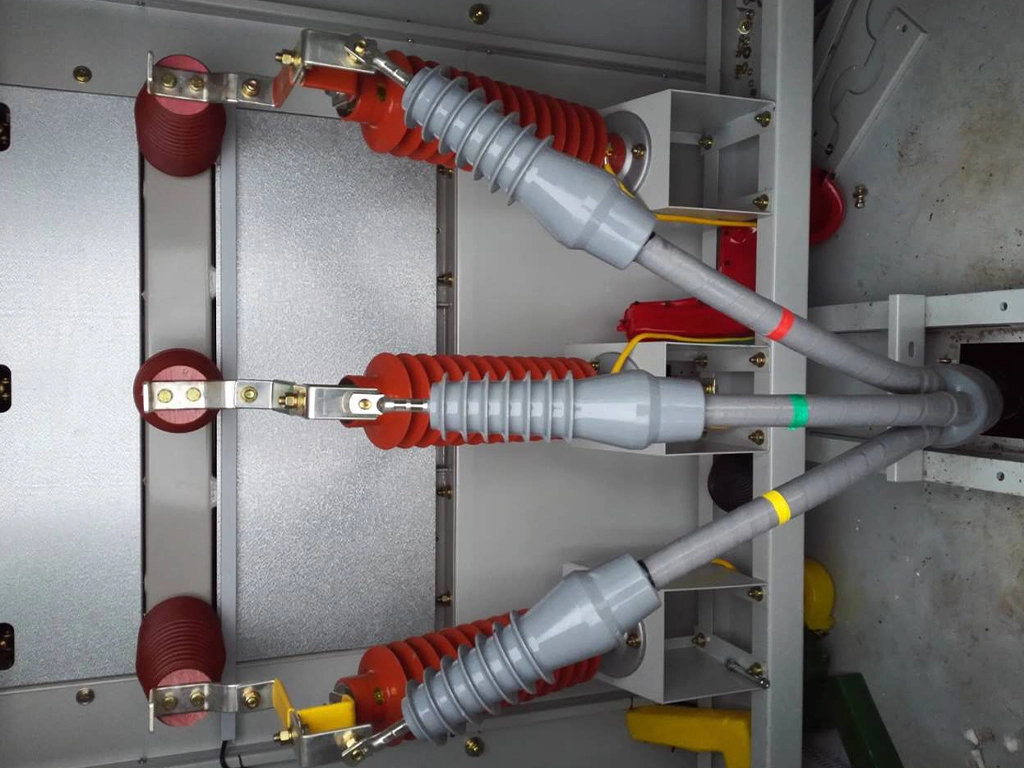en
+
The world runs on electricity, and the electrical grid is the backbone of modern society's power distribution system. Within this intricate network of wires, substations, and transformers, certain components play pivotal roles in ensuring safe and reliable electricity delivery. One such component is the drop out fuse switch. In this blog, we'll explore the importance of drop out fuse switches in electrical grids.
Before delving into the specifics of drop out fuse switches, it's essential to grasp the basics of the electrical grid. The electrical grid is a complex network that connects power generation sources, such as power plants, with end-users, including homes, businesses, and industries. It comprises transmission lines, substations, transformers, and distribution lines.
The primary objective of the electrical grid is to transmit electricity from power generation facilities to consumers efficiently and reliably. However, the grid must also address challenges such as voltage fluctuations, short circuits, and other electrical disturbances that can disrupt power flow.
Drop out fuse switches, also known as expulsion fuse cutouts, are critical components that help maintain the integrity and stability of the electrical grid. Here's how they function and why they are indispensable:
Drop out fuse switches are strategically placed at various points along the distribution lines of the electrical grid. Their primary purpose is to provide overcurrent protection. When excessive current flows through the line due to a fault, such as a short circuit, the drop out fuse switch detects the anomaly.
Upon detecting the overcurrent condition, the drop out fuse switch performs a crucial role: it safely interrupts the electrical circuit. This interruption prevents the excessive current from causing damage to transformers, equipment, or the distribution lines themselves.
One of the unique features of drop out fuse switches is their self-acting mechanism. When the fault current exceeds a predetermined level, the fuse element within the switch melts, creating an open circuit. This action isolates the faulty section of the grid, allowing the rest of the system to continue functioning without interruption.
After interrupting the fault, the drop out fuse switch can be quickly and easily replaced or reset, minimizing downtime in the electrical grid. This rapid response and recovery are vital for maintaining uninterrupted power supply to consumers.
Drop out fuse switches are unsung heroes of the electrical grid, silently working to ensure the reliability and safety of power distribution. Their ability to detect and respond to overcurrent conditions swiftly helps prevent more extensive damage and blackouts.
As we continue to rely on electricity for our daily lives, drop out fuse switches will remain crucial components of electrical grids worldwide. Their presence ensures that when faults occur, the grid can isolate and address them promptly, keeping the lights on and our lives running smoothly.




